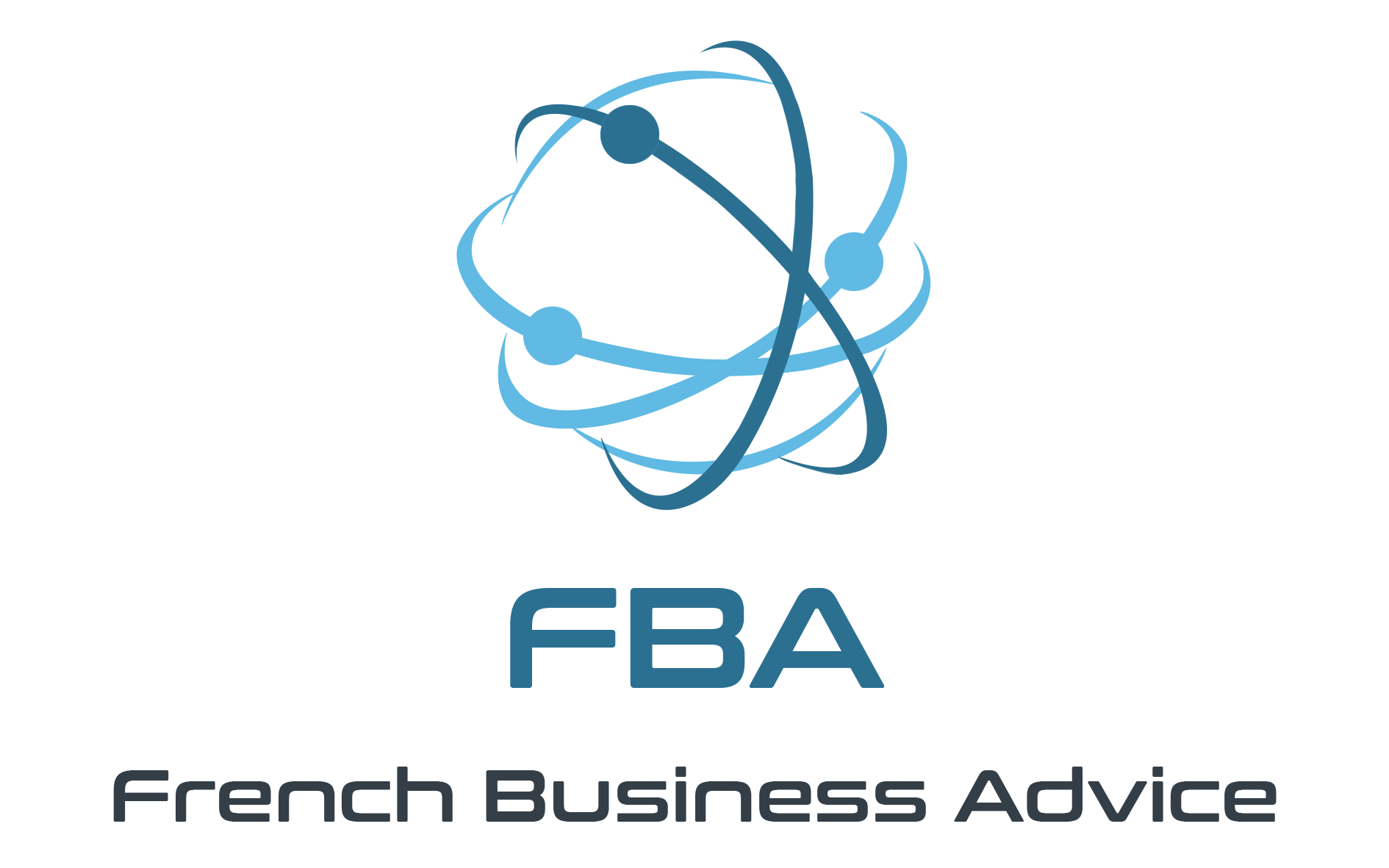A new unique status of individual entrepreneur came into effect from May 15th 2022 for any creation of an individual business.
This status makes it possible to distinguish the professional assets from the personal assets with the consequence of preventing him from answering for his debts on all of his assets.
In return, the law is gradually abolishing the status of individual entrepreneur with limited liability (EIRL). Indeed, since February 15th 2022, it is no longer possible to create an EIRL.
We will see successively:
- The legal status of the individual entrepreneur;
- Its tax and social systems;
- The main legal operations in this type of business.
I – The legal status
The two heritages
This system leads to the automatic separation of professional assets and personal assets. However, the new status does not impose on entrepreneurs the formalities that weighed on EIRL, the separation of assets being by right.
Composition of professional assets
These professional assets are made up of the property, rights, obligations and sureties which he holds and which are useful for his independent professional activities which he exercises. These are the goods, rights, obligations and sureties that serve the activity of the individual entrepreneur.
The administration presents a non-exhaustive list of goods belonging to this category:
- The goodwill, the artisanal fund, the agricultural fund, all the tangible or intangible assets that constitute them as well as the right of presentation of customers of a liberal professional;
- Movable property such as merchandise, equipment and tools, agricultural equipment, as well as means of mobility;
- Real estate used for the activity, including the part of the principal residence of the individual entrepreneur used for professional use;
- Intangible assets such as data relating to customers, patents, licenses, trademarks, designs and models, and more generally intellectual property rights, the trade name and the sign;
- The cash funds, the sums registered in the bank accounts dedicated to this activity.
Composition of personal assets
It is made up of elements of the assets of the individual entrepreneur not included in the professional assets. It includes assets (such as a principal residence not used for professional use) and liabilities (for example, a loan to purchase personal property).
Starting point for limitation of creditors’ pledge
The limitation of the pledge of creditors to the professional assets of the individual entrepreneur (concerning professional claims) applies to claims arising after May 14th 2022 and from:
- Registration in the register to which the entrepreneur belongs for his activity;
- The earliest registration date when it belongs to several registers;
- The declared date of the start of activity, if this is prior to the date of registration;
- The first act he exercises as an individual entrepreneur, when he is not bound by an obligation to register.
Exceptions to separation of assets
The individual entrepreneur may, for certain operations, waive the protection of his personal assets.
The waiver must contain certain information. It can only intervene at the request of a professional creditor and after a period of reflection generally set at 7 clear days from the receipt of the waiver request.
The creditor’s right of pledge then covers all professional and personal assets, with the exception of property that is legally exempt or declared exempt.
Concerning the tax authorities
They may seize the main residence of an individual entrepreneur, or any other property declared unseizable, in the event that the entrepreneur has committed fraudulent maneuvers or in the event of any serious and repeated non-compliance with his tax obligations.
With regard to personal tax debts, the separation of assets is not opposable to the tax authorities in respect of tax debts owed on a personal basis, but whose base includes the results of the professional activity (tax on the income or social contributions) or is made up of property useful for the professional activity (property tax on this property).
Note: This measure is inapplicable to the collection of income tax and social security contributions when the individual entrepreneur has opted to be assimilated to an EURL or an EARL and is subject to corporation tax.
Concerning social organizations
When the individual entrepreneur has, through fraudulent maneuvers or following serious and repeated non-compliance with the requirements of social security legislation, made it impossible to collect the contributions and social security contributions due under its activity, the recovery of these sums can be made on all of its property and rights.
Concerning creditors in a personal capacity
They can exercise their general right of pledge on the professional assets within the limit of the amount of the profit made during the last closed financial year to ensure the recovery of their debt when the personal assets are insufficient.
Mandatory mentions
For the exercise of his professional activity, the self-employed worker must use a name incorporating his name or a name of use immediately preceded or followed by the words “individual entrepreneur” or the initials “EI”.
This mention must appear on the invoices, order notes, catalog and prices, advertising documents, correspondence and receipts as well as on the website.
II – The fiscal and social regime
The individual entrepreneur is, as before, personally subject to income tax on the profits made. These profits are determined according to the rules specific to the tax category corresponding to the nature of the activity carried out (B.I.C., B.N.C. or B.A.).
However, since the entry into force of this new status, the individual entrepreneur can opt for corporation tax.
Option for assimilation to an EURL or an EARL
The individual entrepreneur can opt for the assimilation of his sole proprietorship to an “Entreprise Unipersonnelle à Responsabilité Limitée” company (EURL) or to an “Entreprise Agricole à Responsabilité Limitée” (EARL). This option is irrevocable and automatically entails option for corporate tax liability.
However, a waiver of corporation tax liability is possible until the fifth financial year following that for which the option for assimilation to an EURL (or EARL) was exercised. The sole proprietorship remains assimilated to an EURL or an EARL but will be subject to the regime of partnerships.
The net result for application of corporation tax is determined as follows:
- The sums that the entrepreneur allocates to himself in remuneration for his activity are tax treated as remuneration allocated to the partner of an EURL (or an EARL) subject to corporate tax. They are therefore deductible from the result and taxed on income tax like wages;
- The deductions made by the entrepreneur, other than his remuneration, are assimilated to dividends and are not deductible for the determination of the result.
Social regime for the individual entrepreneur
He is covered by the scheme for self-employed workers (Social security for the self-employed). The individual entrepreneur does not pay himself a “salary” and does not have a payslip.
The social contributions of entrepreneurs subject to a real regime are calculated, in the general case, on the basis of the taxable profit. However, in the event of the option for IS, the social security contributions are calculated on the remuneration allocated and possibly on part of the dividends.
Contributions for micro-entrepreneurs are based on turnover.
In any case, they are not entitled to unemployment insurance for self-employment, but they have the possibility of taking out personal insurance.
III – Legal operations within the sole business
The constitution of the sole proprietorship
The sole proprietorship is characterized by its simplicity of constitution. The entrepreneur registers his business with the Chamber of Commerce or Industry (CCI) or the Chamber of Trades and Crafts (CMA) in his region depending on whether his activity is commercial or artisanal, or makes a declaration to Urssaf when the planned activity is liberal.
Note that since January 1st 2023, companies must carry out their formalities for creating, modifying and terminating their activity in a dematerialized way, on the one-stop shop, which replaced the old business formalities centers.
Transfer of assets
Transfer of personal assets to the professional assets of the individual entrepreneur (not assimilated to an EURL or an EARL)
This transfer does not constitute an assignment and does not lead to the taxation of the capital gain noted.
On the other hand, during the possible subsequent sale of the property, it will then be necessary to determine two capital gains:
- A private capital gain, corresponding to the capital gain realized during the period during which the property was included in the private heritage;
- And a professional capital gain, corresponding to the capital gain acquired by the property since its date of entry into the professional asset.
Transfer of the personal assets of the individual entrepreneur to the assets of the individual business assimilated to an EURL or an EARL
The transfer of property useful for the activity does not constitute a transfer for consideration and, therefore, does not give rise to the recognition of a private capital gain immediately taxable in the hands of the entrepreneur.
The transfer of other property constitutes a contribution. The capital gain resulting from this contribution is immediately taxable in the hands of the entrepreneur according to the capital gains regime for individuals and may benefit, where applicable, from the exemptions provided for by this regime.
Option for the assimilation of the sole proprietorship to an EURL or an EARL
When the individual entrepreneur opts for the assimilation of his sole proprietorship to an EURL or an EARL, this option carries the consequences of the creation of a separate tax entity:
- A transfer of the assets registered in the heritage of the sole proprietorship to that of the company assimilated to an EURL or an EARL, which must be treated for tax purposes in the same way as the contribution of these same assets from the heritage of the company individual to that of an EURL or an EARL;
- The termination of the sole proprietorship.
Liquidation of sole proprietorship
- The liquidation of the sole proprietorship of an individual entrepreneur who has not opted for assimilation to an EURL or an EARL entails the immediate taxation not only of the operating profits made since the end of the last taxable year, but also capital gains on assets resulting from the disposal or termination and any tax-deferred profits, provisions or capital gains whose taxation has been previously deferred.
- The liquidation of a sole proprietorship assimilated to a EURL or an EARL entails the same tax consequences as the termination of the business and the cancellation of the shares of an EURL or an EARL:
- * Taxation of results not yet taxed on the date of this termination, including any unrealized capital gains, to corporation tax or income tax;
- * And, when the company is subject to corporate tax, the taxation in the hands of the individual entrepreneur of the “liquidation bonus” in the category of income from movable capital.
All the team of French Business Advice is at your disposal to help you, so do not hesitate to contact us!



